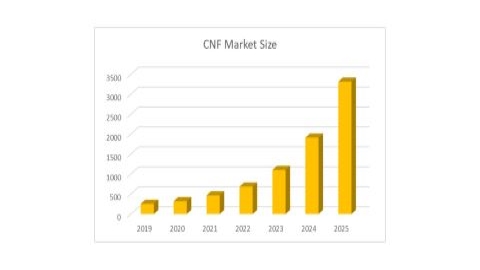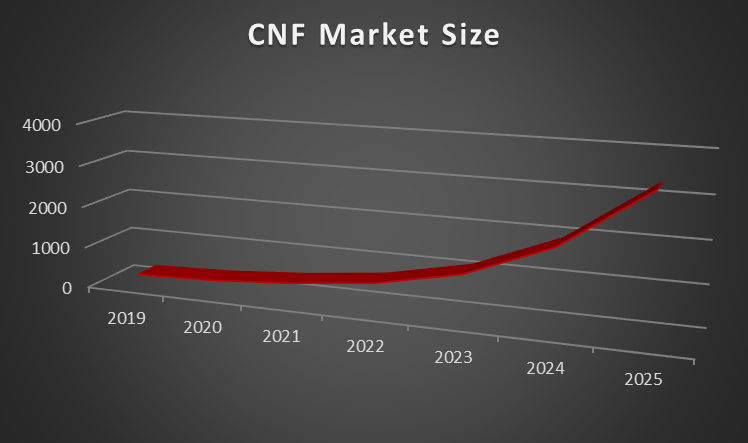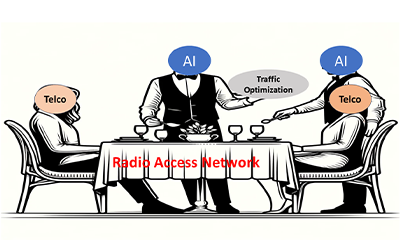The AI-RAN Alliance: The idea whose time has come
Of all the announcements at MWC24, the one that validates our focus on AI in RAN is the formation of the AI-RAN Alliance. Coinciding with the release of our report “AI and RAN – How fast can they run?”, the Alliance checks all the boxes to furthering AI from the periphery of the RAN to its very core (pardon the pun, not to be confused with the mobile core).
The Alliance has trifurcated the engagement of AI with the RAN at the following levels in its demonstration at MWC24:
• AI on RAN deals with making the RAN work for furthering AI end-applications. It is well understood that the availability of high-quality and high-throughput bandwidth will help improve the reach and spread of AI. This approach has a low barrier for entry as the emphasis is primarily on harnessing existing RAN infrastructure. Here, AI is the tenant, and RAN is the provider.
• AI for RAN turns the earlier tenant-provider equation upside down and looks at AI as a tool for improvement in the RAN functioning. The Alliance demonstrated two scenarios – delivery of SLA by leveraging the RIC; and channel management using AI-trained models. Our report “AI and RAN – How fast will they run?” dives deep into the AI for RAN level to identify and quantify the market for AI applications in RAN – namely traffic optimization, caching, coding and energy management. It is easy to see the synergy between the scenarios presented by the AI-RAN Alliance and the end-applications identified by Insight Research. The impact of AI in improving how the RAN works is not limited to technology – it has also democratized the RAN vendor marketplace. The latter aspect is bound to have played a major role in the conception of the AI-RAN Alliance.
• AI and RAN deals with an interesting thought – that of sharing (or multiplexing) the RAN computing resources between AI and vRAN applications. The driving forces behind this thought are GPU vendors. It should be clearly understood what the play is here. GPUs are typically thought to be over-resourced for handling vRAN workloads, and the “AI and RAN” approach provides an elegant entry point for these vendors in the RAN. Nvidia’s AI on 5G, covered in our report, is a good example of this approach, with edge computing as its target application.
What works for the AI-RAN Alliance?
The biggest contribution of the alliance in its very short existence is imparting clarity at multiple levels.
Primarily, it is the only known initiative to highlight the pivotal role that AI will play in evolution of RAN. In a way, it is a logical progression of the path traversing the ground set by stakeholders involved in SDN, NFV, CNF, OpenRAN and O-RAN Alliance initiatives. By focusing on AI, the alliance can bridge the gap between the product engineering ‘cultures’ of AI, RAN vendors and telcos.
By identifying the broad categories in which AI and RAN intersect, the alliance has taken the clarity a notch up further. AI-on-RAN, AI-for-RAN and AI-and-RAN have distinctive technical and commercial underpinnings. The alliance has thus already made a mark defining the taxonomy of this budding ecosystem.
What more should the AI-RAN Alliance do?
For starters, the alliance needs to broad-base itself across stakeholder categories and specific players within the categories. A look at the names involved in the alliance reveal some noteworthy omissions. But it is very much early days for the alliance, and it may not be correct to grudge it (or judge it) by those omissions.
All-in-all, the AI-RAN Alliance is a promising development. One worth following and tracking.
|
RELATED BLOGS

Be careful with microservices!

Microservices – The wind beneath the CNF wings


